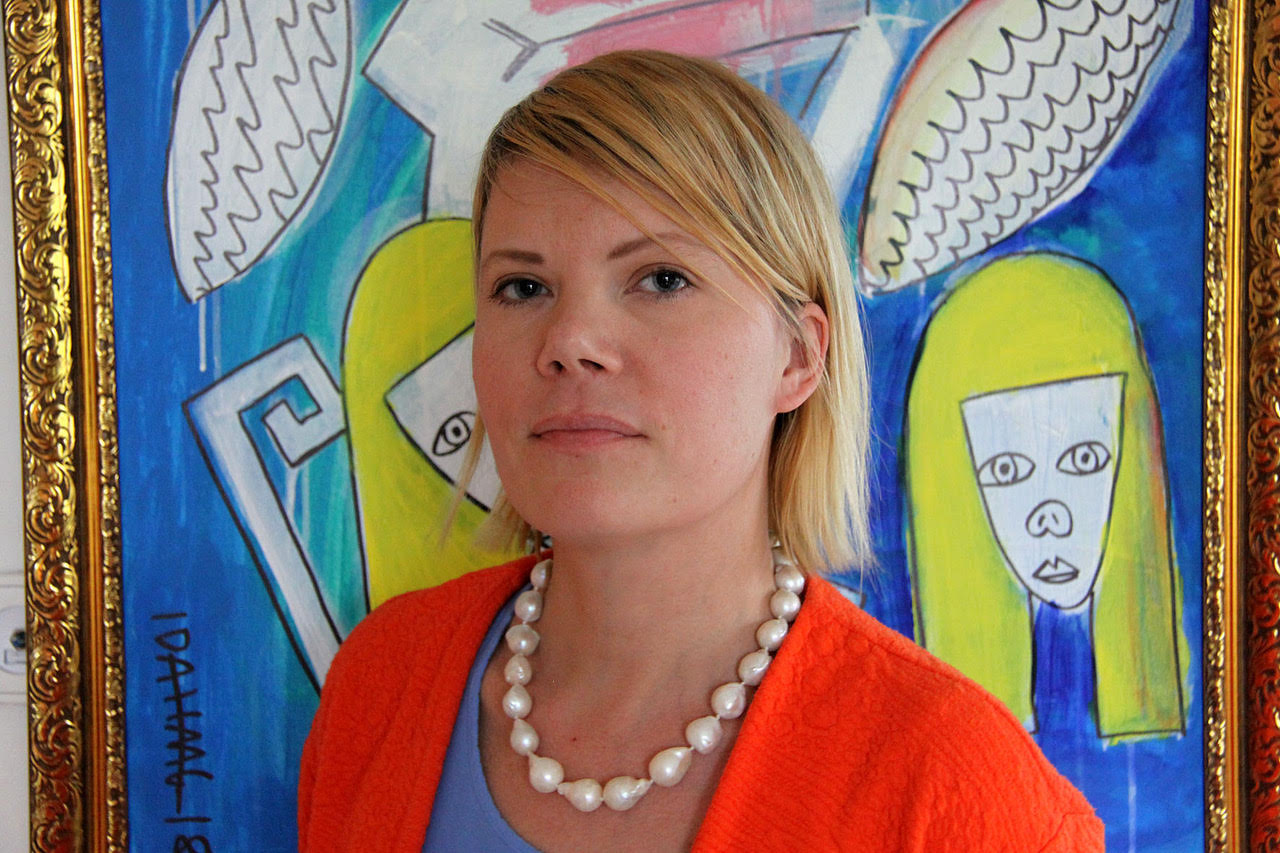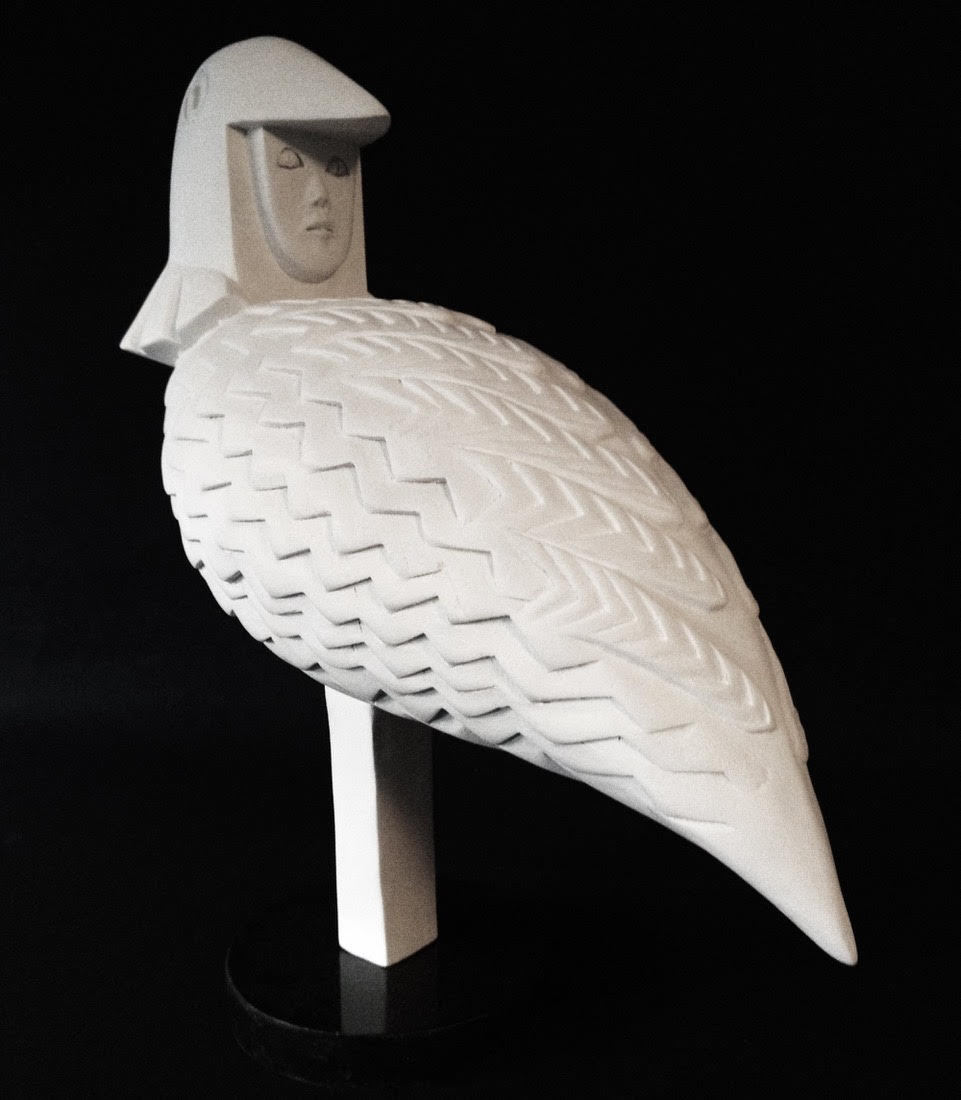Marlowe Theatre, Canterbury, Sunday 16 February 2020
This concert was entitled Sunshine and Melody – a contrived, very generic and completely unnecessary label of the sort beloved of the Philharmonia Orchestra. It’s hard to think of any programme which couldn’t sit under this title. In fact we got L’apres midi d’un faune, the Walton viola concerto and Brahms’s second symphony.
I wish they’d called it Celebration of Youth given the astonishing Angus Webster, still only 20, on the podium and Timothy Ridout, 25 and a BBC Radio 3 New Generation Artist, playing the concerto.
Webster, from Cornwall, is studying under Esa-Pekka Salonen as one of the first Salonen Fellows at the Colburn School in Los Angeles. This concert was his Philharmonia debut and he certainly knows how to coax a fresh sound even from a seasoned group almost all a lot older and more experienced than he. I liked the attractive purity of the Debussy performance especially in the rapport between harp, flute and tremolo strings, delivered with lots of warmth and colour.
Walton’s viola concerto doesn’t get many outings and it really should. Not only is it a fine piece but it’s a treat to see the viola take centre stage – especially in the hands of talented Timothy Ridout. His casually insouciant manner and frequent grins belie his technical prowess and the quality of his discourse with the rest of the orchestra as well as with Webster – he struggles to face the audience, often turning to fellow players behind him like the sensitive chamber music player he clearly so often is. He packed the opening andante with lyricism and found velvety richness in the third movement. His instrument dates from the 1560s, by Peregerino di Zaretto and it sounds terrific.
Conducting without score (as he also did the Debussy) Webster treated us, after a slightly ragged opening, to plenty of lush Brahmsian melody in the first movement of the second symphony which had a distinct sense of a young man’s rejoicing in the glorious grandiloquence of it all. He also gave us very incisive pizzicato passages and evocative dynamics throughout – definitely a performance with a lot of soul. It’s good to see such musical collaboration between the four string section leaders too, especially in the allegretto with all its repeats at which they moved, with Webster, as one, frequently glancing at each other.
Susan Elkin


